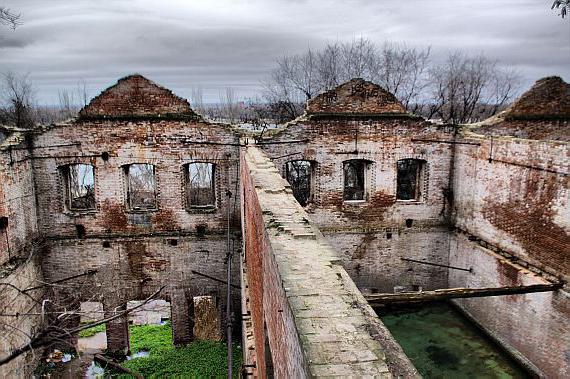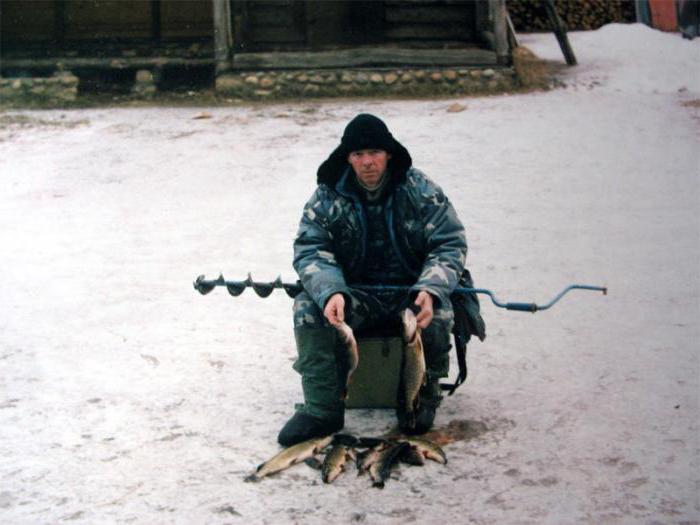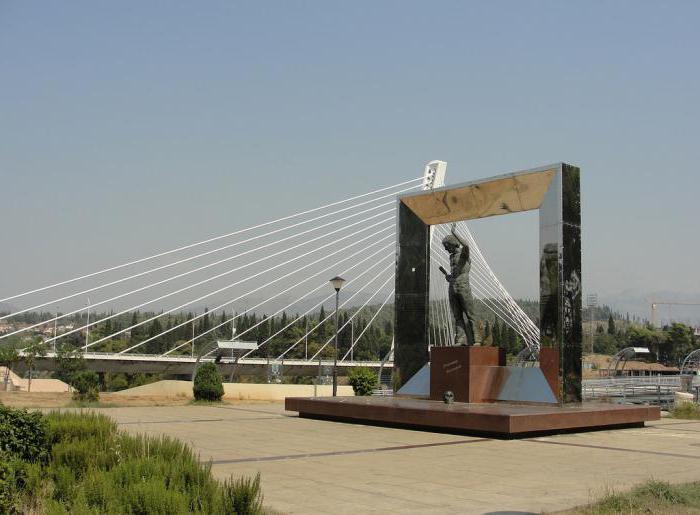Paramonovsky warehouses in Rostov-on-Don - a monument that no one cares?
In the early nineteenth century, Rostov-on-Donbecame a major shopping center. The river port accepts ships from all over the world. The export figures soar. Due to this, the rapid development of Rostov as the trading capital of the south of the whole empire begins. The entire economic life of the port by the middle of the century is concentrated in the hands of particularly rich and far-sighted merchants. They invest in equipment warehouse complexes, placing them on the coast of the Don. Immediately, it turns into a logistics center of the southern capital. These businessmen included Elpidifor Paramonov and Peter Maksimov.

As warehouses began to be called Paramonovsky
In the mid-nineteenth century, the projectarchitects Shulman and Yakunin grows the first warehouse complex. Towards the end of the century, their number reaches five. At that time, three of them belong to the well-known vowel of the city duma, the Rostov Cossack Peter Maximov, and the rest to Elpidifor Paramonov. So why today this monument is called directly Paramonovsky warehouses? This was due to the fact that Maksimov did not have the charisma, popular love and the widest fame that were characteristic of his colleague.
Elpidifor Paramonov in Rostov was famous! He was incredibly rich, but every Rostov citizen before him took off his hat, meeting him on the street, because he was more decent, hardworking, unselfish in Rostov, neither before nor after that. Rostov dynasty Paramonovs gave hospitals and schools. Elpidifora was called the bread king of the country for the quality and volume of turnover of its flour. He also owned the steamers, the mill, the coal mines ... The deepest mine "Elpidifor" produced annually about 35 million poods of coal, which is even a huge indicator even for the 21st century! The rapidly growing city of its heroes knew, and Maximov did not care. Consequently, in the people's memory, these structures are entrenched as Paramonovsky warehouses.

Work in warehouses
At port warehouses, labor was difficult. Even unbearable, exhausting. In this place at the turn of the 19-20 centuries, Maxim Gorky, the famous proletarian writer (known among Rostov movers as Lyokha Peshkov) worked. Then he will be all sorry about this hard labor. Here in the season worked for fourteen or more hours a day. Overwork was here the norm. Accidents here occurred very often: someone will break a back, then crushed anthracite with a stone ... But there was no shortage of workers. In this place they paid well, it was difficult to get to the warehouses in Rostov-on-Don. The working people hated any workable mechanization of labor, since any mechanization, in spite of the fact that it facilitated the labor of the workers, took their bread along with the work! Due to this, every novelty of laborer tried to disable.

Twentieth Century
Paramonovsky warehouses at the beginning of the Soviet powerwent to the state. property, while their appointment is not lost. During the bombing of the port in the Second World War, an air bomb fell into this place, destroying the water-cooling system. Although the buildings as a whole survived. Here, after the war, stored building materials, cement, etc. At the same time, warehouses were destroyed not by bombs and wars, but by the irresponsibility of the stewards and their lack of property. And also looters, fires and marshes of the invincible, impassable and viscous bureaucracy ... Paramonovsky warehouses in 1985 received the status of a monument of culture and history of local significance, then of the federal one. Despite this, they did not cease to be ruins, and no one began to protect them. At the same time, not everyone knows about who Yelpidifor Paramonov is.

So what is remarkable about these utilitarianbuildings, although the nineteenth century? Why does every Rostov person know about this place and can show where the Paramonovsk warehouses are located? In this and all the salt! They can be called a monument three times.
Architectural monument
For starters - it's an architectural monument. Despite its own prosaic purpose, Paramonovsky warehouses are not devoid of beauty. Rostov-on-Don preserved many monuments, among which this one is one of the most significant. Warehouses are created in the Russian brick style, have motifs of classicism and Romanesque architecture.
The Monument of History
Paramonovsky warehouses played an important role in theeconomic development of the city. Millions of tons of coal, grain, building materials were exported through them, and this undoubtedly gave impetus to the all-round growth and development of the Southern Capital.

Monument to engineering art
Warehouses in the fact that there is not requiredcumbersome and expensive refrigeration equipment. Shulman and Yakunin elegantly and competently took advantage of the natural peculiarity of this place - springs that all year long come down from the slope of the bank of the Don. They collected this water in the gutters, letting them through all the rooms. Here the year-round constant temperature is 9 ° C. This system in warehouses supported the conditions that are necessary for storing grain.
So far, in the interstorey space on the facadeswarehouses were able to preserve round holes. They were used to pour grain from second floors through canvas sleeves to the level of the embankment. Hence the grain was sent to the barges. Such a system was incredibly convenient, as the second floor of the premises from the side of the city went to the ground level, while the first - to the embankment. Consequently, the ingenious and simple solution of the owner reduced costs and accelerated and improved the grain movement at times, due to which the Paramon Stores gained their fame.

Rostov-on-Don at the moment can notbe proud of their condition, as all the hulls of the warehouses are ruins decorated with waterfalls and lakes of spring water, which continues to be beaten with keys from the slopes of the Don. Due to the constant temperature of the springs, a microclimate has developed here: in this place, grass grows year-round. At the same time an impromptu pool with flowing pure spring water appeared in one room. In the heat of those who want to swim there is no release.
Paramonovsky warehouses (Rostov-on-Don). New life
Since they were equipped with a spring systemcooling, the premises will be converted into a real center of contemporary art. It will include hotels, a spa area, and restaurants. In this case, the historical view of the buildings will be preserved. They have been abandoned for many years, despite the fact that they are a historical monument.
Center for Contemporary Art
Currently, the city authorities have foundinvestor who expressed readiness to make a complete reconstruction of the facility, without changing its specifics, as well as to give buildings close to the original historical view. Here under the glass roof there will be galleries of modern art. In the same place where springs beat, there will be a spa.

The existing buildings are combined into a common compositionwith a comfortable seating area. In addition to the spa and gallery, there will be two hotels and a business center. Paramonovsky warehouses, photos of which can be seen in this article, will be leased to the investor for 45 years. In this case, the object will be able to accept its first visitors in only three years minimum.
Re-equipment of warehouse and productionobjects is a practice common in Europe and the United States. She also comes to us gradually, including in Rostov-on-Don. Industrial aesthetics, large areas and high ceilings in such rooms allow placing large installations, thereby creating a special atmosphere. The combination of such galleries with business centers, hotels and spas is a sign of time that reflects the triumph of the consumer society. The given object for a city can become an excellent source of the income, involving numerous tenants and tourists. Also it will be a new place of rest for the townspeople.








